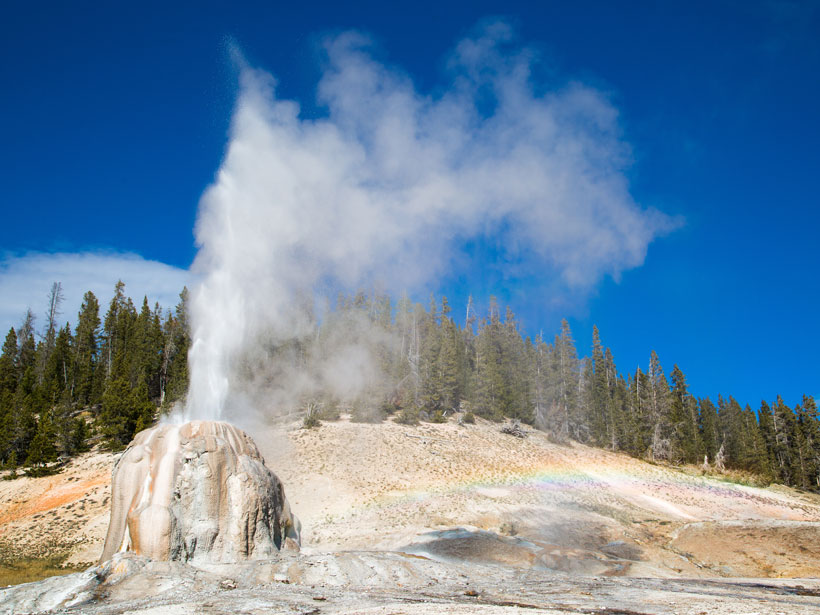Aside from captivating our senses, geysers have much to tell us about subsurface fluids, climate change effects, and the occurrence and limits of life on Earth and elsewhere in the solar system.

Aside from captivating our senses, geysers have much to tell us about subsurface fluids, climate change effects, and the occurrence and limits of life on Earth and elsewhere in the solar system.